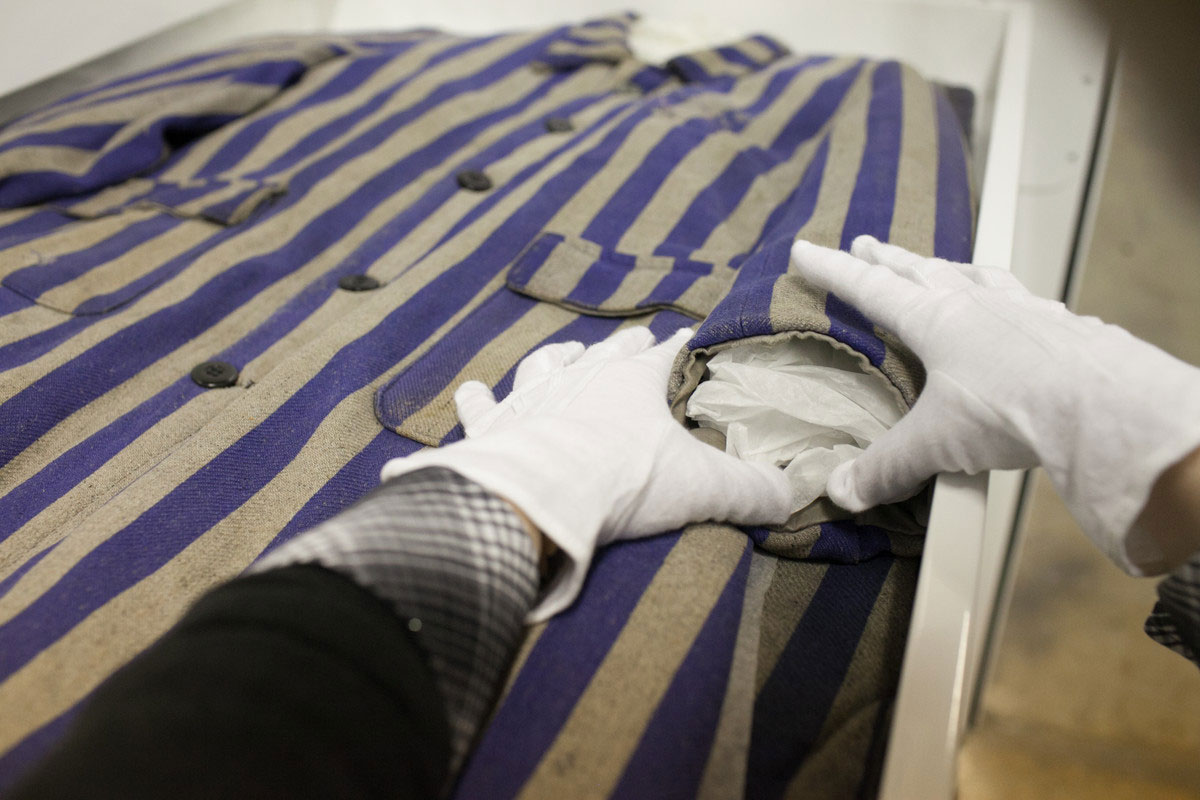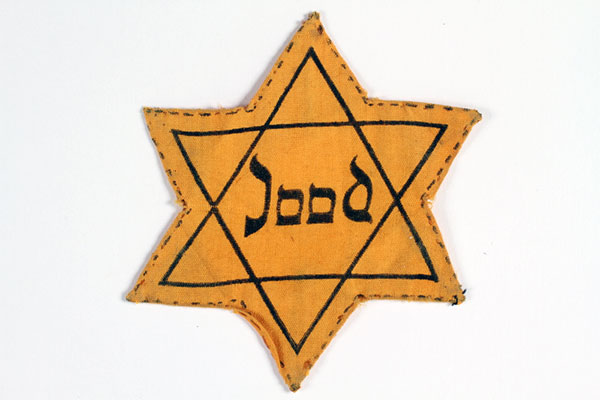The Museum’s Collections are permanently housed at the David and Fela Shapell Family Collections, Conservation and Research Center in Bowie, Maryland. This state-of-the-art facility features highly specialized laboratories and climate-controlled environments where a wide variety of media are treated and preserved. Activities at the Shapell Center support acquisitions, education, and scholarship to ensure that future generations will continue to honor the memory of Holocaust victims and learn from their history to build a better future. Due to the pandemic these activities are only taking place on-site on a limited basis and, with the exception of research services, are not open to the public.
Research at the Shapell Center
The Shapell Center Reading Room offers researchers enhanced access to the Museum’s archival and special collections. The Reading Room is open Monday through Friday, with three-hour research sessions available in the mornings and afternoons. All researchers are required to make an appointment and pre-order research materials at least seven days in advance. More information about initiating a research appointment can be found on the Research in the Museum’s Library and Archival Collections page.
In support of research activities at the Shapell Center, the following amenities are provided:
- Shuttle service to the Shapell Center
- Ample parking
- Lockers for storage of personal belongings
- Lunch room facilities with refrigerator, microwave, and vending machines
If you have questions about conducting research at the Shapell Center or how to access certain materials, please contact our Reference Desk or email reference@ushmm.org.
About Our Work
Preserving a collection as vast and varied as ours poses a unique set of challenges. Foremost among them is that many of the items were never meant to last and are at great risk of deterioration. World-class conservators, with specialties in paper, photographs, textile, and object preservation, work to stabilize and extend the life of all objects in the collection while retaining their historical provenance so they reveal an authentic representation of what transpired during the Holocaust. The Museum is recognized as a world leader in the preservation of perishable artifacts and is a model for other institutions dealing with objects of trauma.





